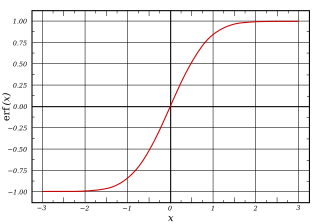In any long time-series, simple time trend can be added
as independent variable.
Y
= a + bX + cTrend + error
Here, trend is taking a
value from 1 to T (total no. of observations in our sample). If c is coming to be
significant, it can be inferred that Y is changing with change in time, in
addition with independent variable X. The coefficient of Trend (here c) indicates change
in dependent variable (Y) with one unit change in time. It gives direction of
dependent variable over the time.
